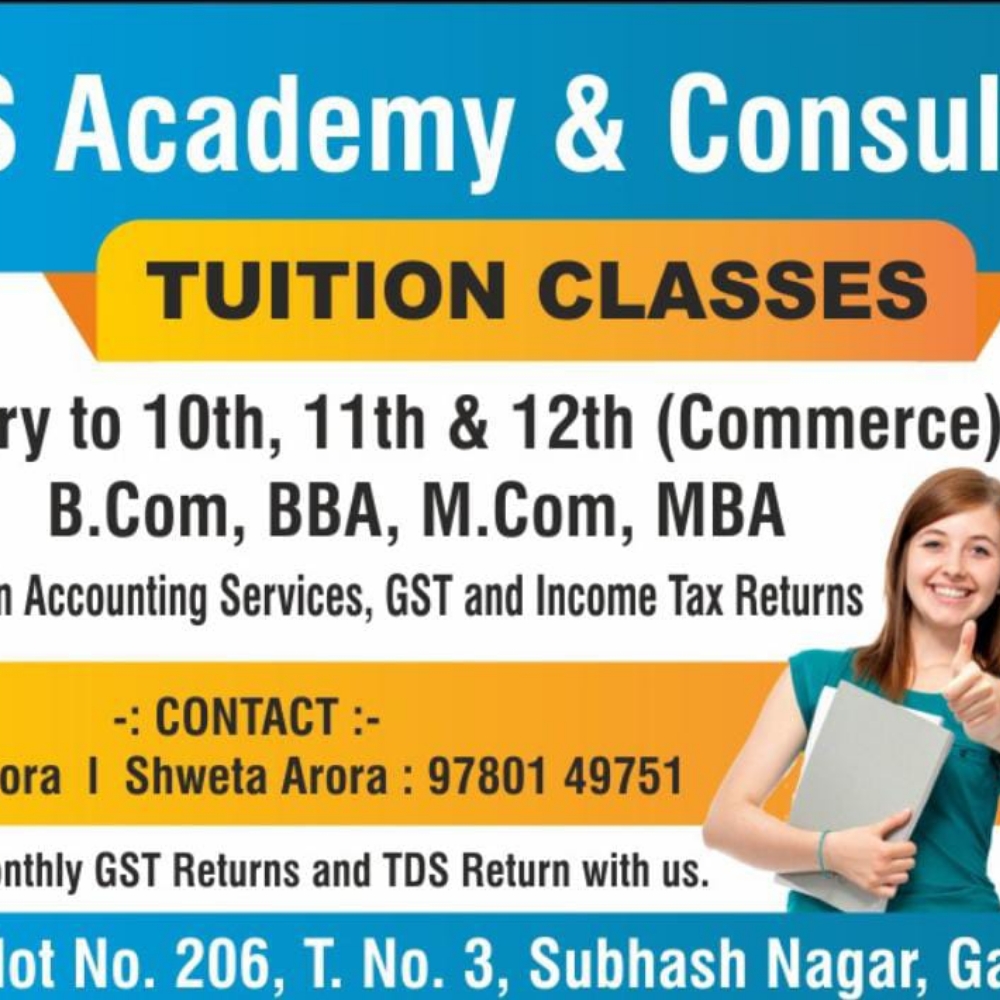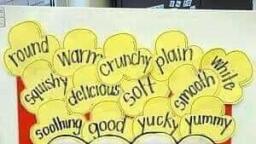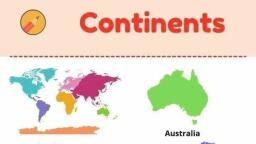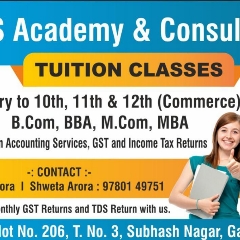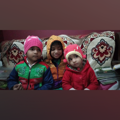Question 1 :
An image that cannot be obtained on a screen is called ___.
Question 2 :
<img style='object-fit:contain' src='https://teachmint.storage.googleapis.com/question_assets/cbse_ncert/61b1cbe1f59b460d7261ecbf.jpg' />
A person takes a chess board. He fixes a plane mirror vertically on this line and places any small object, such as a pencil sharpner, at the boundary of the third square counting from the mirror as shown in the figure. He notes the position of the image. Now, he shifts the object to the boundary of the fourth square. Again he notes the position of the image. Will he find any relation between the distance of the image from the mirror and that of the object in front of it?
Question 3 :
<img style='object-fit:contain' src='https://teachmint.storage.googleapis.com/question_assets/cbse_ncert/61b1cb8df59b460d7261ec59.PNG ' />
In the above figure, What are the characteristics of the image formed ?
Question 4 :
A person gets some lenses. He touches and feels them. Will he find some difference just by touching?
Question 7 :
<img style='object-fit:contain' src='https://teachmint.storage.googleapis.com/question_assets/cbse_ncert/61b1cbeaf59b460d7261eccb.jpg' />
A person takes a stainless steel spoon. He brings the outer side of the spoon near his face and looks into it as shown in the above figure. Is this image different from what he will see in a plane mirror?
Question 9 :
_______ image is formed when the reflected rays actually meet and is obtained on a screen.
Question 11 :
<img style='object-fit:contain' src='https://teachmint.storage.googleapis.com/question_assets/cbse_ncert/61b1cbe0f59b460d7261ecbe.jpg' />
A Person places a lighted candle in front of a plane mirror. He tries to see the flame of the candle in the mirror. It appears as if a similar candle is placed behind the mirror. The candle, which appears behind the mirror, is the image of the candle formed by the mirror as shown in the above figure. The candle itself is the object. Now, he moves the candle to different positions in front of the mirror. He observes the images in each case. Now, he places the vertical screen in front of the mirror. Can you get the image on the screen now?
Question 13 :
Mirror which has reflecting surface curved outwards is called __________ .
Question 14 :
Changing of right side to the left side is called ___.
Question 15 :
You are provided with a concave mirror, a convex mirror, a concave lens and a convex lens. To obtain an enlarged image of an object you can use either:
Question 16 :
The distance between the optical centre and the focus of a lens is called the ___ of the lens.
Question 18 :
<img style='object-fit:contain' src='https://teachmint.storage.googleapis.com/question_assets/cbse_ncert/61b1cb82f59b460d7261ec4b.JPG' />
In the above figure, 5 is _____ in colour
Question 19 :
<img style='object-fit:contain' src='https://teachmint.storage.googleapis.com/question_assets/cbse_ncert/61b1cbe8f59b460d7261ecc9.jpg' />
A person fixes a convex mirror on a stand and places it on a table as shown in the figure. He pastes a piece of white paper on a cardboard sheet which acts as a screen. He also keeps a lighted candle on the table at a distance of about 50 cm from the mirror and tries to obtain the image of the flame on the screen. For this, he moves the screen till a sharp image of the flame is obtained. Now, he moves the candle towards the mirror and places it at different distances from it. Could he get a real image at any distance of the object from the convex mirror?
Question 20 :
A man walks towards a plane mirror. At what rate will his image move if the mirror is moving towards the man?
Question 21 :
When a ray of light falls on the surface of any mirror it bounces back in the same medium. This is called
Question 23 :
<img style='object-fit:contain' src='https://teachmint.storage.googleapis.com/question_assets/cbse_ncert/61b1cb85f59b460d7261ec4f.JPG' />
In the above figure, 2 is ____ in colour.
Question 25 :
<img style='object-fit:contain' src='https://teachmint.storage.googleapis.com/question_assets/cbse_ncert/61b1cb89f59b460d7261ec54.JPG' />
In the above figure, 7 is ______ in colour.
Question 26 :
<img style='object-fit:contain' src='https://teachmint.storage.googleapis.com/question_assets/cbse_ncert/61b1cbe5f59b460d7261ecc5.jpg' />
A person fixes a convex mirror on a stand and places it on a table as shown in the figure. He pastes a piece of white paper on a cardboard sheet which acts as a screen. He also keeps a lighted candle on the table at a distance of about 50 cm from the mirror and tries to obtain the image of the flame on the screen. For this, he moves the screen till a sharp image of the flame is obtained. Now, he moves the candle towards the mirror and places it at different distances from it. Did he get an image larger in size than the object?
Question 27 :
What happens when light falls on a polished or a shiny surface?
Question 30 :
<img style='object-fit:contain' src='https://teachmint.storage.googleapis.com/question_assets/cbse_ncert/61b1cb88f59b460d7261ec53.JPG' />
In the above figure, 6 is ______ in colour.
Question 32 :
The image formed by a lens is always virtual, erect and smaller in size for an object kept at different positions in front of it. Identify the nature of the lens.
Question 33 :
<img style='object-fit:contain' src='https://teachmint.storage.googleapis.com/question_assets/cbse_ncert/61b1cb8af59b460d7261ec56.PNG ' />
In the above figure, What are the characteristics of the image formed?
Question 35 :
In the case of mirrors that for different positions of the object the nature and size of the image change. Is it true for lenses also?
Question 36 :
Image formed by a convex __________ is always virtual and smaller in size.
Question 37 :
<img style='object-fit:contain' src='https://teachmint.storage.googleapis.com/question_assets/cbse_ncert/61b1cb86f59b460d7261ec51.JPG' />
In the above figure, 4 is ____ in colour.
Question 38 :
An image formed by a ___ mirror is always of the same size as that of the object.
Question 39 :
<img style='object-fit:contain' src='https://teachmint.storage.googleapis.com/question_assets/cbse_ncert/61b1cb8ef59b460d7261ec5b.JPG' />
In the above figure, what is the nature of the lens?
Question 40 :
An image that cannot be obtained on a screen is called ____________.
Question 43 :
<img style='object-fit:contain' src='https://teachmint.storage.googleapis.com/question_assets/cbse_ncert/61b1cbebf59b460d7261eccd.jpg' />
A person takes a convex lens or magnifying glass and puts it in the path of sunrays. Then, he places a sheet of paper as shown in the figure. He adjusts the distance between the lens and the paper till he gets a bright spot on the paper. Now, he holds the lens and the paper in this position for a few minutes. Does the paper begin to burn?
Question 44 :
Image may be real, virtual and magnified or diminished in _______ mirror.
Question 48 :
We can obtain a real, enlarged and inverted image by a concave mirror. (T/F)
Question 49 :
A virtual image larger than the object can be produced by a-
Question 50 :
<img style='object-fit:contain' src='https://teachmint.storage.googleapis.com/question_assets/cbse_ncert/61b1cbdcf59b460d7261ecb9.jpg' />
A person takes a torch covers its glass with a chart paper which has three narrow slits as shown in Figure above. He spreads a sheet of chart paper on a smooth wooden board and fixes a plane mirror strip vertically on the chart paper. Now, he directs the beam of light on the mirror from the torch with slits. He places the torch in such a way that its light is seen along the chart paper on the board. Now, he adjusts its position so that the light from the torch strikes the plane mirror at an angle. Does the mirror change the direction of light that falls on it?
